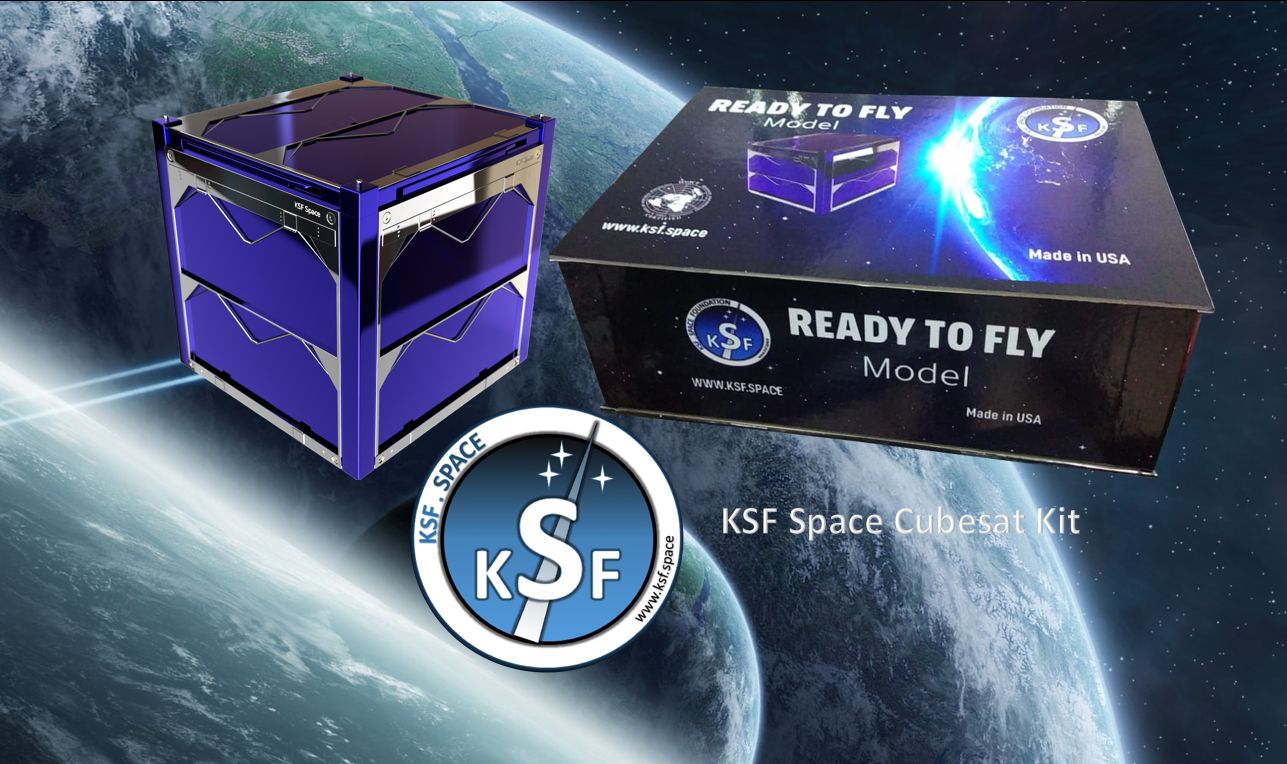The KSF Space Foundation is a non-profit organization that works with educational institutions to provide assistance with the design, construction, and launch of small satellite missions without the need for them to sacrifice a significant proportion of their financial resources.
The KSF Space Foundation has created the “Experimentation Opportunity Program” to provide CubeSat kits and consulting services to educational institutions in developing countries. This program is designed to enable these organizations to collaborate and participate in space mission activities that they have come up with. The program gives these countries the chance to contribute to the development and implementation of their own space mission initiatives.
The KSF CubeSat kit has been designed to make the production of CubeSat-class satellites much more economical. By doing this, it is now possible to finance the development of these satellites through teaching budgets, rather than having faculty search for research funds. This makes it easier for students to take part in these activities as the faculty member responsible doesn’t face the risk of mission failure. Moreover, this strategy makes it easier to incorporate the development of tiny satellites into the curriculum on a yearly basis, as teaching funds are usually an ongoing expenditure.
KSF Space Foundation’s CubeSat kit is specifically designed for those who are just starting out with launching a CubeSat/NanoSatellite mission, making the building and coding process easier than ever before. It has been tested in microgravity under a variety of space missions and is ready to fly on sub-orbital journeys. Moreover, the cost of this kit is one of the most affordable on the market.
The KSF Space Foundation is helping small satellite missions by seeking out and organizing rideshare prospects with a number of international launch suppliers. They are offering competitive pricing, which is lower than the prevalent market fee, to help organizations kick off their experiments.
Kansas University and the organization are jointly working on Jupiter 1, a satellite meant for testing of CubeSats/ NanoSatellites before launching them into orbit. This two-stage rocket is reusable, cost-efficient, and features top-notch recovery mechanisms. It can hold up to three CubeSats as payloads and can pass all vibration, temperature, and telecommunications tests.
CubeSats are gaining popularity as a result of well-defined standards that reduce development costs and hassle. California Polytechnic State University (Cal Poly) and Stanford University created the CubeSat standard, which was originally intended for scientific exploration and new space technologies. CubeSats are used in commercial projects as well as new space technologies exploration and lab experiments. They are among the least costly and quickest ways to demonstrate space technologies.
The technology of cube satellites has been around for years. It has been employed in a variety of applications, from academic research to commercial ventures, and it is anticipated to have a significant impact in the future. CubeSats have been extensively used in space exploration ventures in recent years due to their low cost and versatility. These tiny satellites have been crucial to mission efforts like the International Space Station resupply missions and the Lunar Reconnaissance Orbiter mission.
The KSF Space Foundation’s CubeSat kit is a simple to use and high-performance framework. It comes with a flight computer, power systems, and communications systems, as well as the ability to add your own sensors or other components. It’s simple to construct and highly customizable. Schools and universities can construct their space projects using the new CubeSat kit without the need for secure financing, said Chairman Dr. Kayyali.

As the editor of the blog, She curate insightful content that sparks curiosity and fosters learning. With a passion for storytelling and a keen eye for detail, she strive to bring diverse perspectives and engaging narratives to readers, ensuring every piece informs, inspires, and enriches.










